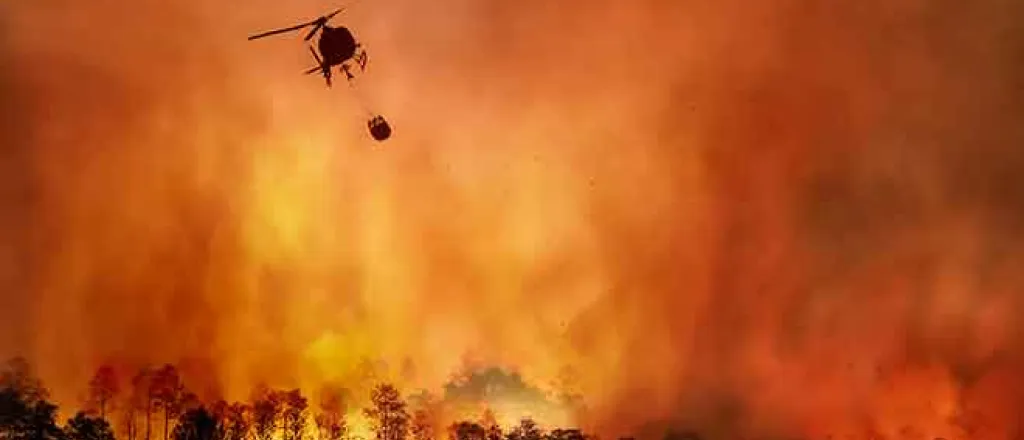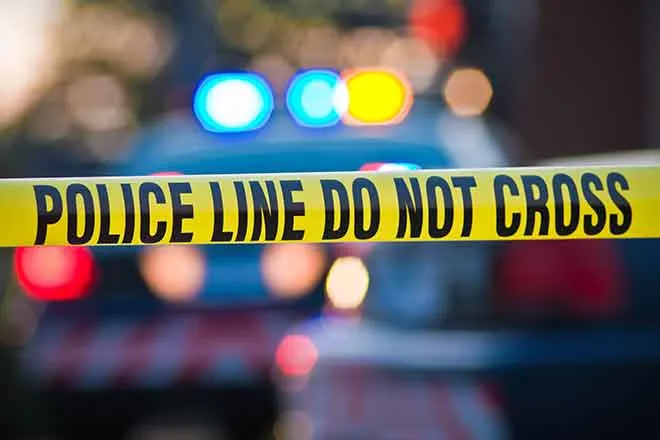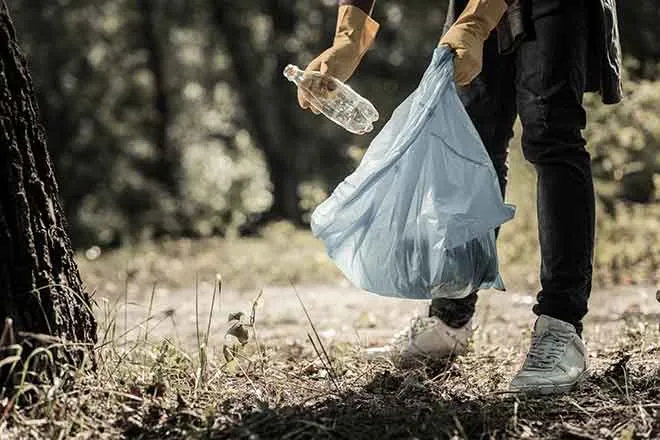
More than 1 million Coloradans live in areas with elevated wildfire risk
(Colorado News Connection) A warming planet and decadeslong drought are expected to spark bigger and more destructive wildfires across the Mountain West, and new data from the Colorado State Forest Service shows more than one million Coloradans live in areas with moderate to very high risk of wildfire.
Chad Julian, wildfire mitigation program specialist for the Colorado State Forest Service, said the biggest change from previous maps is improved technologies showing where people build homes and other structures.
"More rural areas, smaller communities, subdivisions; there was a lot more growth in homes in those areas in the wildland-urban interface," Julian outlined. "There are more homes at risk than there were in 2017."
The latest Colorado Wildfire Risk Assessment offers maps showing wildfire risk by neighborhood. It also found the size of the state's wildland-urban interface -- where human development encroaches into natural terrain with flammable vegetation -- has expanded to 4.5 million acres, about 45 times the size of the City of Denver.
The Forest Service's Home Ignition Zone Checklists offer strategies for protecting homes.
Recent mega-fires, including the 2021 Marshall Fire with its $2 billion price tag, have shown scientists and land managers new priorities for adapting to the new climate reality.
Julian pointed out a variety of data -- including from Lidar, a laser-based mapping tool -- have also provided a clearer picture of vegetation and other fuel sources for land managers working to protect communities, water sources and ecosystems.
"The wildfire problem is not solely a home loss problem," Julian noted. "That's one component of many negatives that do come from these fire events. But we do see a lot of ecosystem degradation, watershed issues."
Wildfires have been a natural part of the Mountain West for thousands of years, and have grown in scale for a variety of reasons including fire suppression strategies and now climate change.
Julian believes better outcomes in the future are possible because the main drivers behind increased wildfire risk and property loss are land use policies.
"We have the ability to influence that," Julian stressed. "We can change how we build, or the existing structures that are already built. We can change where we're developing into."














